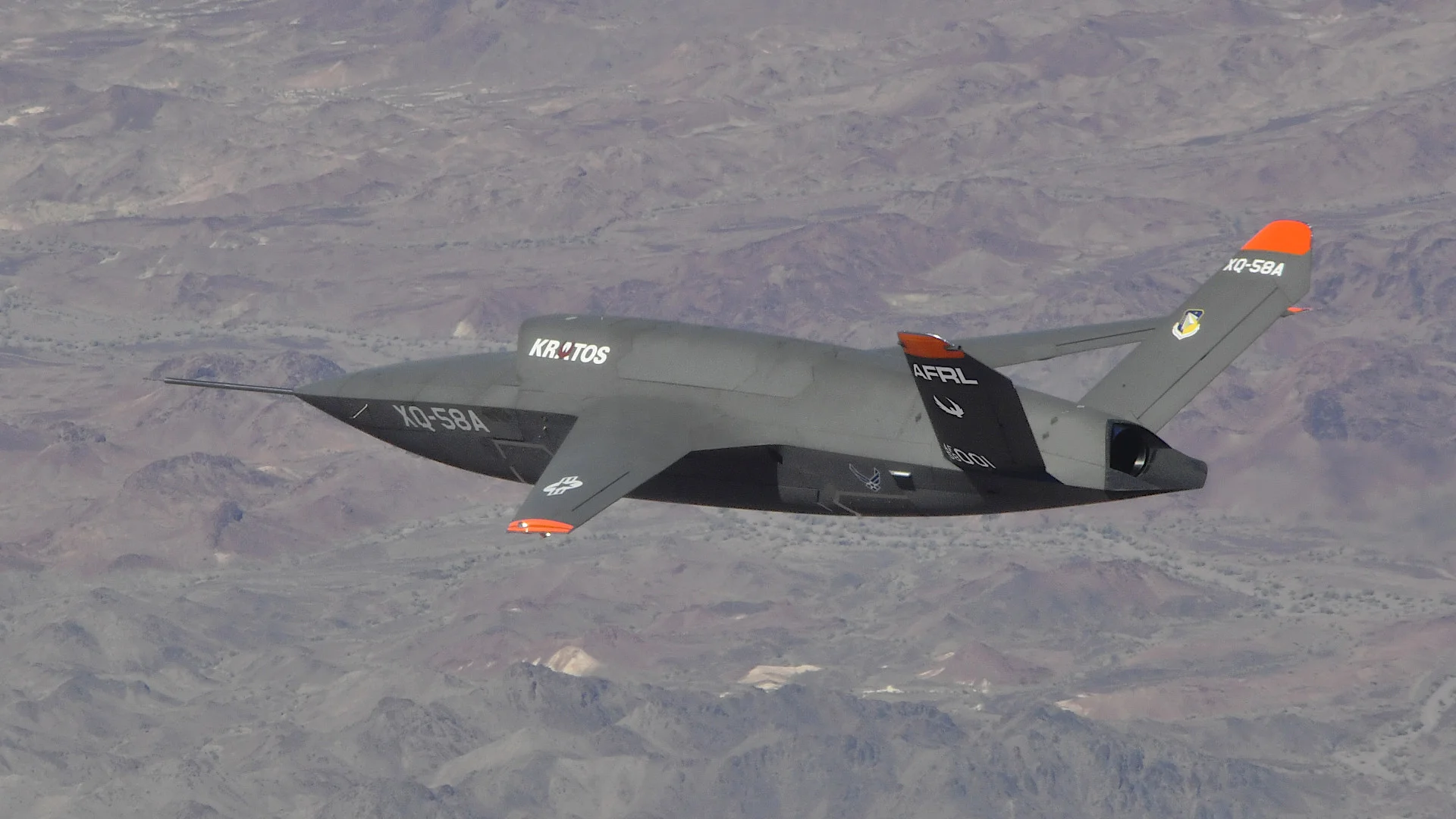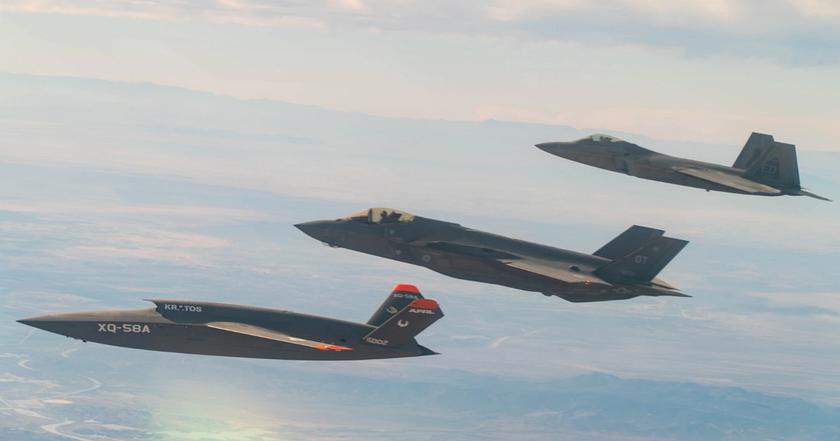U.S. may deploy XQ-58A Valkyrie drones at Kadena base in Japan to replace aging F-15C/D Eagle fighters

The number of F-15 Eagle fighters at Kadena military base in Japan is gradually decreasing. Last month the U.S. Air Force redeployed fifth-generation F-22 Raptor fighters to Okinawa Island, and this week the withdrawal of the obsolete planes began.
Here's What We Know
The Raptor is a temporary replacement for the F-15s, which have been stationed on Okinawa Island for more than 40 years. There is still no information on which planes will now be at Kadena Air Base. The island is located within range of Chinese ballistic and cruise missiles. In the event of a massive attack, even the $1 billion Patriot surface-to-air missile systems won't be able to help.

So the U.S. Air Force is working on a two-in-one solution to kill two birds with one stone. The service is considering the XQ-58A Valkyrie drones, which do not require an airstrip or other stationary facilities to launch. In addition, the drone costs many times less than an airplane. For example, instead of a squadron of 18 F-35 fighters, you can buy more than three hundred UAVs.
The Valkyrie has undergone several tests. Different variants of the unmanned aerial vehicle can have a range of about 4000 km and can carry air-to-air or air-to-surface missiles. Eight points of suspension are provided for this purpose. The maximum speed is 0.85 Mach (1,050 km/h) and the altitude is almost 14 km.

The XQ-58A lands using a parachute system. After completing the mission, mobile teams can quickly refuel the aircraft, install a new weapons package and re-launch the drone into the sky. By the way, the F-35B Lightning II fifth generation fighter with vertical take-off and landing has the same advantages, as it is used on aircraft carriers and does not require long runways.
Source: Breaking Defense
Image: Wikipedia, The Drive, Air Force Material Command